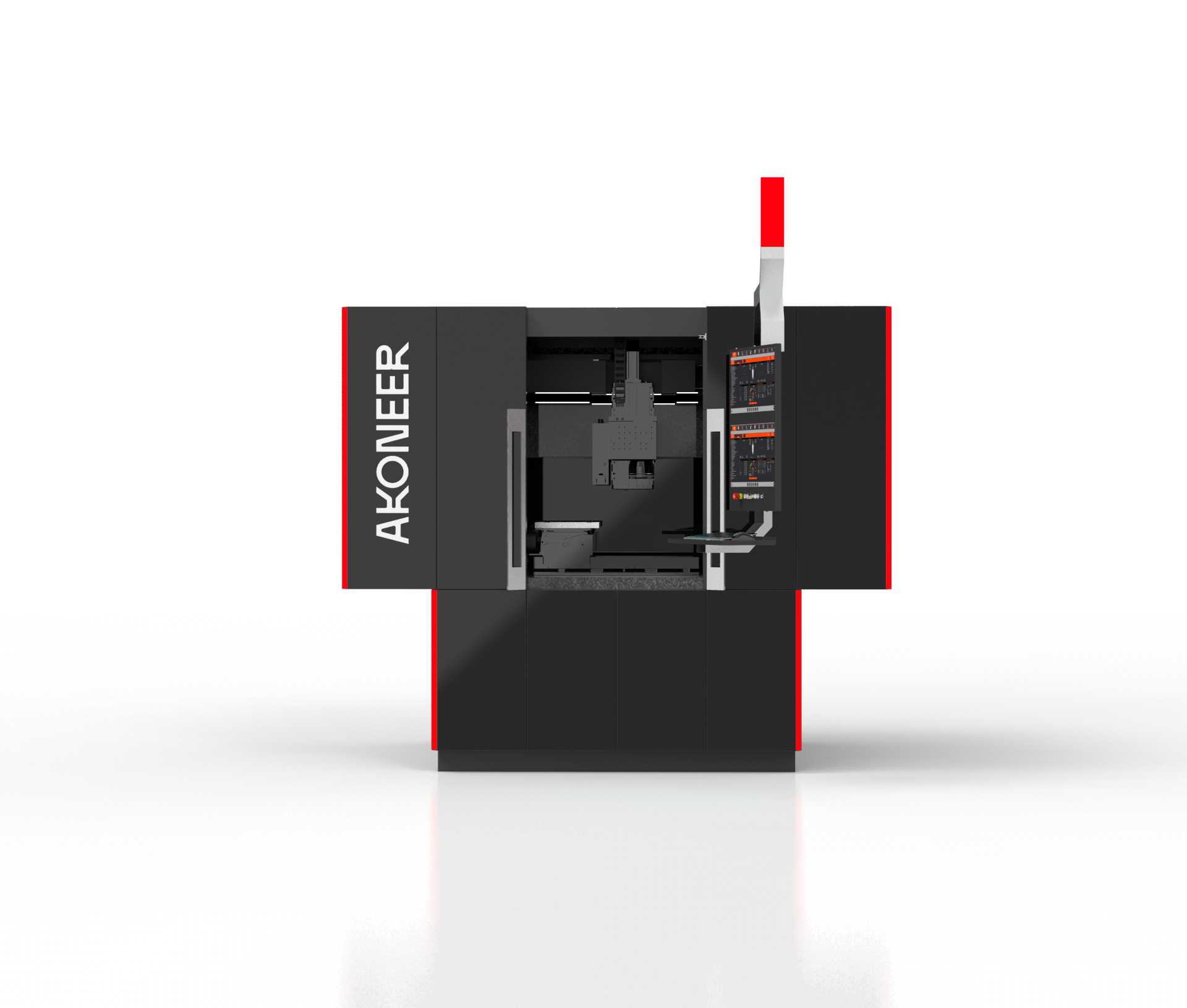Laser drilling micro holes
Laser technology in micro hole drilling is crucial for creating small, accurate holes in various materials, meeting the demand for intricate components across industries.
The precision and efficiency of laser technology have transformed numerous industries, especially in micro hole drilling. This process employs lasers to create extremely small and precise holes in materials such as metals, ceramics, polymers, and composites. As industries demand more intricate components, laser drilling of micro holes becomes increasingly essential.
The science behind laser drilling
Laser drilling operates by using a high-energy laser beam to vaporize material at a specific location, forming a hole. The laser beam focuses on the material's surface, rapidly heating it to the point of melting and vaporization. This method allows for holes with diameters as small as a few micrometers, all while minimizing mechanical stress on surrounding areas. Success hinges on controlling the laser's power, typically ranging from 2–6 kW, duration, and focus to achieve the desired hole diameter and depth. A notable example is GE Aviation, which employs laser drilling to create cooling holes in turbine blades, enhancing engine efficiency by up to 1.5%.
Applications across industries
Micro hole laser drilling is used across various fields. In aerospace, it's crucial for making cooling holes in turbine blades. The medical industry benefits from its use in producing hypodermic needles and drug delivery systems, where precision ensures safety and efficacy. Electronics manufacturers use laser drilling to produce circuit boards with microvias, enabling the miniaturization of devices. In the automotive industry, this technology fabricates fuel injector nozzles, improving fuel efficiency and reducing emissions.
Advantages over traditional methods
Compared to traditional methods, laser drilling offers several advantages. It can produce holes with diameters as small as a few micrometers while maintaining high accuracy and repeatability, with tolerances around ±0.02 mm. Traditional drills struggle to achieve such precision and often introduce mechanical stresses, causing material deformation. Laser drilling operates at high speeds, increasing productivity and reducing costs. The non-contact nature ensures minimal tool wear, lowering maintenance expenses.
Challenges and limitations
Despite its benefits, laser drilling faces challenges. High temperatures involved can cause thermal damage, leading to micro-cracks or alterations in material properties. The initial setup and calibration require skilled operators and sophisticated equipment, increasing upfront costs. Some materials may reflect or absorb laser energy inefficiently, resulting in suboptimal hole quality. Laser drilling is not suitable for all materials, such as those that reflect laser wavelengths.
Recent advancements in technology
Recent advancements have mitigated many challenges, enhancing laser drilling's versatility. Ultrafast lasers, emitting pulses in the femtosecond range, have significantly reduced thermal damage by minimizing heat diffusion. This technology enables drilling smaller, more precise holes with minimal material impact. Computer-controlled laser systems have improved precision and repeatability, allowing complex patterns and geometries with ease.
Environmental considerations
Environmental impact is a consideration in laser drilling. Traditional drilling produces waste like chips and shavings, which require disposal. Laser drilling vaporizes material, reducing physical waste. However, vaporization releases microscopic particles and gases, requiring proper ventilation and filtration systems to ensure a safe working environment and regulatory compliance.
Future prospects
The future of laser drilling micro holes is promising. Ongoing research focuses on enhancing efficiency, precision, and adaptability. Emerging technologies like laser-based additive manufacturing and microfabrication are expected to expand its applications. As industries demand more complex and miniaturized components, laser drilling's role will likely grow, driving innovation in laser technology. Integrating artificial intelligence and machine learning into laser systems is anticipated to revolutionize the process by optimizing parameters in real-time and reducing human operator dependency.
Laser drilling micro holes is a critical process with far-reaching implications across various industries. Its precision, efficiency, and versatility make it invaluable for modern manufacturing, addressing the growing need for miniaturization and complexity in component design. Despite certain challenges, ongoing technological advancements continue to enhance laser drilling's capabilities, ensuring its relevance and importance in the future.
